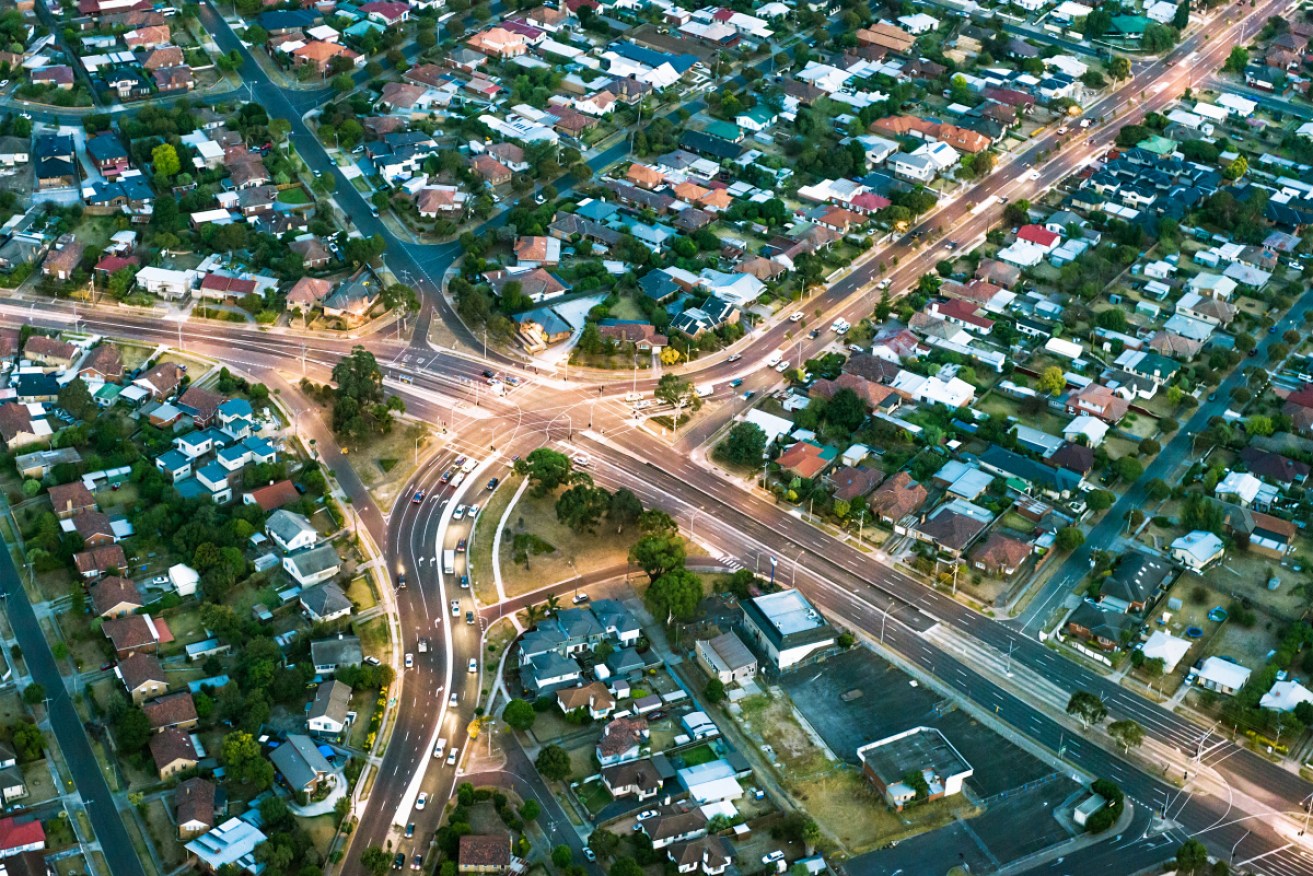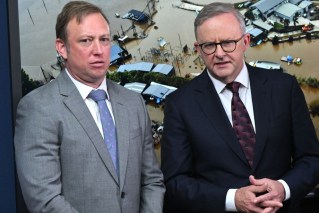The infrastructure boom bigger for longer, but then what?


Road construction is set to rise by 25 per cent over the next five years from $20 billion last year. Photo: Getty
Here’s the good news: Our investment in public infrastructure will jump to $70 billion this financial year and is likely to be maintained at that level in real terms for a further four years.
The infrastructure spend will play a vital role in keeping Australia out of recession this financial year while housing construction falls, low wages growth keeps household consumption weak, and the world suffers the uncertainties of Donald Trump’s trade wars.
Leading the investment surge – and compensating for a looming fall off in renewable energy and telecommunications investment – are road and rail projects, predominantly in New South Wales and Victoria.
As the accompanying Macromonitor graph of just the big-ticket road and rail projects shows, NSW and Victoria are still ramping up, with spending on major projects not peaking until 2023.
Macromonitor, an industry forecasting consultancy, reports total transport infrastructure construction work done last financial year was worth $30 billion.
The firm forecasts that will rise to more than $40 billion by 2021-20 in real terms and remain at that level to 2024-25.

Macromonitor economist Natalie Keogh said railway infrastructure construction work would more than triple from $3.8 billion in 2015-16 to $13.8 billion in 2021-22.
Road construction would rise by 25 per cent over the next five years from $20 billion last financial year.
Macromonitor’s $70 billion figure includes construction spending, water, telecommunications, electricity and social building (health, education and other public buildings) as well as transport.
The not-so-good news is what happens beyond 2023-24 “once the current wave of big projects, such as WestConnex in Sydney and Melbourne’s West Gate Tunnel, move to completion”.
Macromonitor expects total infrastructure spending to remain strong, with annual investment remaining above $60 billion over the next decade in real terms, but plateauing or reduced construction will not directly contribute to GDP growth.
The other problem with the further ramping up of major road and rail projects in the near term is capacity restraints – workers no longer required for housing construction can’t automatically transfer into infrastructure construction.
State governments are footing most of the infrastructure bill.
They are facing weaker stamp duty and GST collections.
And the graph shows how the “big two” states dominate the spending.
Queensland’s “borrow to build” program is the sort of thing the Reserve Bank has been recommending to the federal government, but those borrowed dollars have to be spread a long way over our most decentralised state.
Treasurer Josh Frydenberg’s budget promise of $100 billion over 10 years for infrastructure included no mention of indexing that amount for inflation.
Without indexing, the promised annual amount will end up being worth less than Joe Hockey’s 2014 budget promise of $50 billion over six years.








